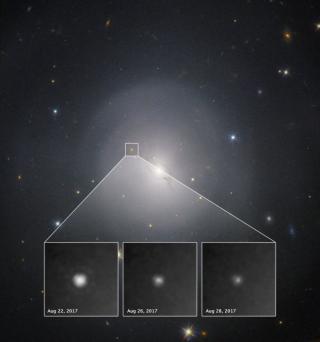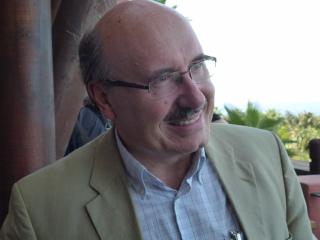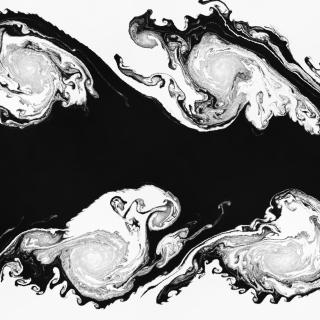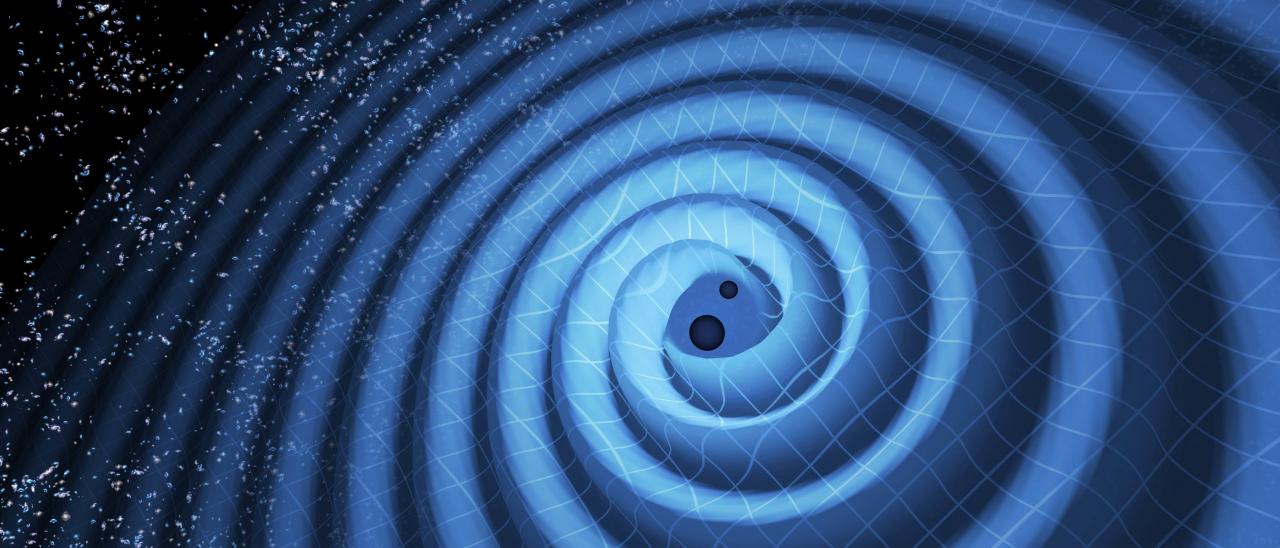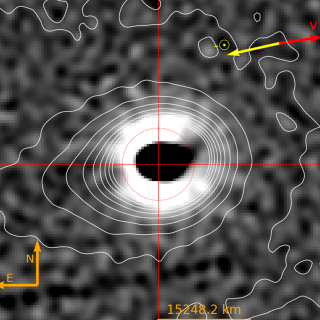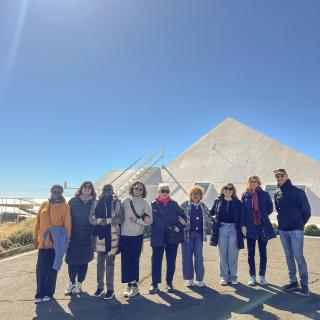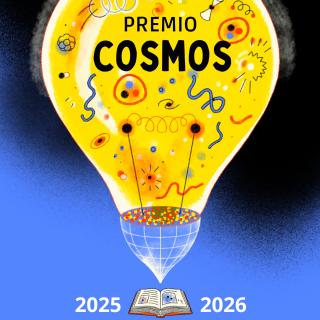Mañana viernes, 22 de noviembre, a las 19 horas, en el Museo de la Ciencia y el Cosmos del Cabildo de Tenerife, tendrá lugar la charla divulgativa “Ondas gravitacionales. Los sonidos del Universo” a cargo del investigador de la Universidad de las Islas Baleares, Sascha Husa. La conferencia, organizada por el IAC en el marco de la XXXI Canary Islands Winter School of Astrophysics, se impartirá en castellano y la entrada será gratuita hasta completar aforo.
Un año más, del 19 al 28 de noviembre, se celebra en Tenerife la Escuela de Invierno del Instituto de Astrofísica de Canarias (IAC) a la cual asisten investigadores e investigadoras de diferentes partes del mundo. En esta edición el tema elegido es ‘Dinámica de Fluidos Computacional en Astrofísica’, una disciplina que requiere del diseño de complejos algoritmos con modernas arquitecturas informáticas y que tiene un gran número de aplicaciones en diversos campos de la investigación y de la ingeniería.
Dentro de los actos previstos en este encuentro anual, mañana viernes, a las 19 horas, en el Museo de la Ciencia y el Cosmos del Cabildo de Tenerife, se impartirá una charla divulgativa bajo el título ‘Ondas Gravitacionales. Los sonidos del Universo’ a cargo de Sascha Husa, investigador de la Universidad de las Islas Baleares y miembro de la colaboración LIGO.
En su charla, el científico contará la historia de cómo se han descubierto estas ondas, observadas por primera vez por científicos del experimento LIGO en 2015 y cuya detección supuso una importante validación de la teoría de la relatividad general de Einstein. El investigador también hablará sobre su trabajo en modelos computacionales de relatividad general, agujeros negros y ondas gravitacionales, y sobre los nuevos retos que se presentan para el futuro en este campo.
Más información:
Museo de la Ciencia y el Cosmos
XXXI Escuela de Invierno
Noticia relacionada:
La Dinámica de Fluidos Computacional será el tema central de la Escuela de Invierno del IAC

